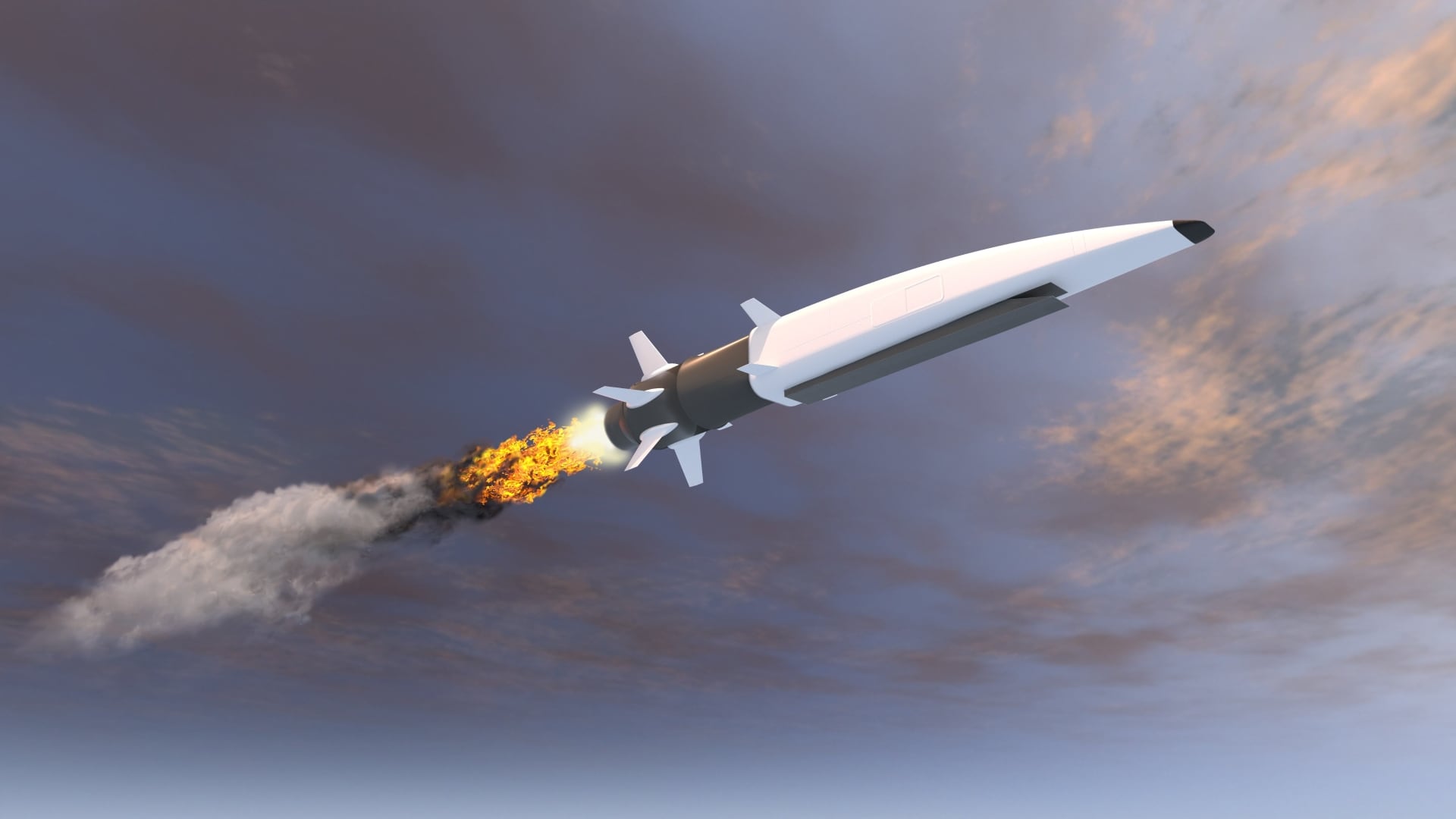The Biden administration’s Indo-Pacific strategy outlines the need to promote security and stability in one of the most dynamic regions of the world, calling on the U.S. to work with its allies and partners to deepen cooperation by developing and deploying integrated defense capabilities.
Industry can help the U.S. and its allies expand interoperable intelligence, surveillance and reconnaissance systems. Integrating advanced capabilities into airborne sensor systems and other assets will create an integrated deterrence to counter regional threats. This will allow allied forces to sense more accurately at longer ranges to discriminate targets, and to detect dangers more quickly in advance of escalation.
Three important advancements enable effective airborne ISR use for the U.S. and its allies:
Increased, innovative use of space assets
There are hundreds of new low earth orbit sensor systems planned for launch in the next few years. The proliferation of commercial and military space platforms enables the U.S. military and its allies to think differently by leveraging data from these assets to focus requirements of airborne collections. From radar to EO/IR and hyper-spectral sensors, the existing and emerging space technologies and systems can help the nation and our allies to more effectively address regional intelligence and surveillance challenges.
For example, through commercial space systems, troops will soon be able to look at multiple threats at much faster revisit rates than ever before. These systems will monitor potential targets in near real-time and allow analysts to update information pertaining to the most pressing threats more quickly.
The smarter, more innovative use of space assets is critical to moving the needle against adversaries in airborne operations.
Multi-function, multi-mission capabilities in platforms
It’s extremely expensive to buy and deploy military aircraft on a regular basis. For this reason, multi-function capabilities are needed to optimize those investments and enable our customers to operate smarter. An example of this can be seen in expanding radar systems to also perform communications and signals intelligence functions, while also advancing the technology to make the new additions smaller, lighter, and more efficient. Industry has been working closely with the Department of Defense to develop this type of multi-function, multi-mission radar approach. This will enable our troops to operate more efficiently, maximizing their airborne intelligence, surveillance and reconnaissance capabilities.
Maximizing automation and autonomy
During recent operations in Afghanistan and Iraq, the U.S. military collected 22 football seasons’ worth of full motion video every day. That’s an enormous amount of data – far too much for an operator to sift through manually and make critical decisions quickly. With potential adversarial threats spread across much broader regions with strategic competition, as well as multiple military domains, it’s extremely difficult to effectively analyze all this data manually. However, we cannot let insights from such data fall on the floor.
In strategic competition, the timeline from detecting to countering threats is decreasing significantly. Compounding the problem, the ability to add more people - actual humans - to sift through the vast amount of data and provide fast action is not currently an option, leaving a major issue without any immediate resolution.
Automation can help solve this challenge. With smarter airborne intelligence, surveillance and reconnaissance systems, automation makes it possible for machines to perform data analysis, with operators coming out of the data analysis loop and remaining focused on the critical decision-making loop – a far better use of their time and skills. Automated sensor systems can deliver intelligence so that combat team members can achieve high-level mission objectives.
Ultimately, expanding automation to full autonomy is key to truly transforming airborne ISR systems. For instance, with autonomy, an unmanned vehicle with multiple sensors can be assigned high level intelligence objectives, enter a high-threat environment, control its sensors to collect required data, adapt to changing collection conditions, process the data and determine whether objectives have been met, and return with answers to the collection objectives. Instead of operators handling reams of radar data – or another big data dump – they can instead focus on analyzing intelligence answers and determine courses of action.
The technology foundations for achieving a more responsive airborne ISR capability that can help the U.S. and Indo-Pacific allies and partners achieve regional security and stability currently exist. Industry must continue to work closely with our security community to develop, deploy and refine these capabilities to fulfill the U.S. Indo-Pacific Strategy.
Jim Wright is technical director for Intelligence, Surveillance and Reconnaissance Systems, Raytheon Intelligence & Space
More In








